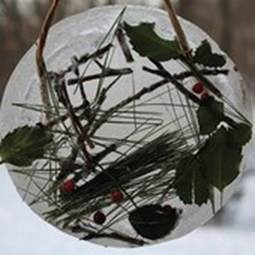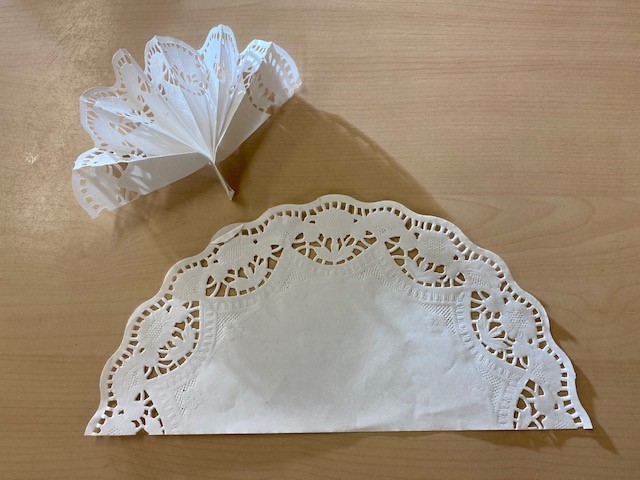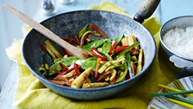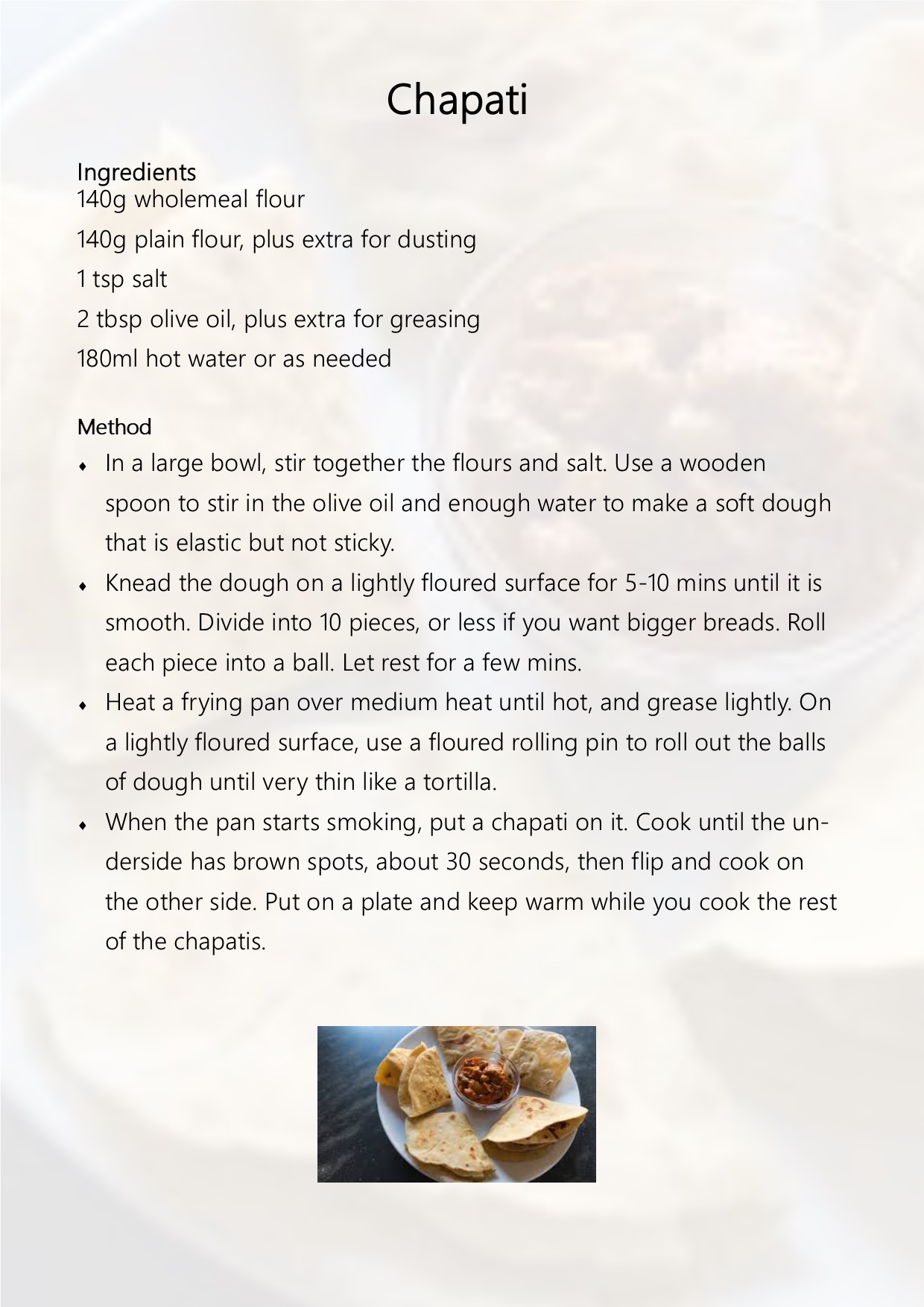Home Learning
What your child learns at home is very important to us in school. We would like you to extend what they have been learning in school to the home environment to embed their new knowledge.
To help with this we will upload resources for you on this page. This will range from the books we are reading, simple recipes that you can cook at home with your child, simple activities that you can do and songs that you can sing.
Children will experience many learning opportunities at nursery school. Here are a few suggested activities to support your child's learning at home throughout the school year.
See below examples of home learning activities based on our curriculum.
Settling into Nursery
Literacy:
First Time Nursery by Jessica Stockholm
Reading First Time Nursery with your child is the perfect opportunity to answer any questions they may have about starting nursery school. How will I know what to do? Will I enjoy it? Will everyone be friendly? The simple conversational text and lively illustrations are designed to encourage dialogue between carer and child to alleviate any anxieties or worries they may have.
Take a visit to the nursery school pointing out the route from home, the entrance, toilets, outside areas etc., take pictures on your phone and make a book explaining the journey, then add to it following their visit.
Take a selfie with your child and print so that your child can keep a picture of you in their bag and if needed that can get it out whilst at nursery. Also before leaving home in the morning, spray a little of your perfume on your child’s sleeve, this acts as a comforter if they miss you.
Explore feelings by looking at books about emotions and making different faces to represent how we feel. Talking about emotions helps children to understand how they’re feeling and what they can do to manage their feelings. It also helps them to regulate their responses to different emotions.
When you’re at home, talk to your child/children about different feelings; e.g. ‘sharing this story book with you makes me feel happy because we get to spend a nice time together.’ and even acknowledge anger ‘I can see you’re feeling cross right now, but it’s not safe for you to play with scissors on your own.’
Acknowledging feelings and talking about them really helps our children understand why they’re feeling different ways. Play the ‘Face Game’ Can you guess each other’s feelings? Try happy, sad, sleepy, excited, giggly, shy, worried, scared and angry.
Link to 50 things to do app Numbers: 15, 37, 39
Owls
We are beginning to read the story of 'Owl Babies'. As our children settle into nursery life and separate from their Mum's and Dad's, this story reinforces the message that they always come back for them.
Literacy:
Read Owl Babies by Martin Waddell. It is a heart warming story about three owlets that wake up one night to find their mother gone. The trio worry about her absence, but are elated when she returns from her night flight.
EAD:
Make your own Owl pictures using feathers, leaves, sticks etc. using real pictures of owls as a stimulus. Make your own trio of owlets using junk modelling kitchen rolls and feathers or material with buttons for eyes.
UW:
Visit Herrings Green Activity Farm & Bird of Prey Centre, Cotton End Road, Wilstead, Bedford, MK45 3DT
https://birdsofpreycentre.co.uk
Link to 50 things to do app Numbers: 14, 34, 48, 23, 40
We're Going on a Bear Hunt
The children have been listening to the story of "We're going on a bear hunt" by Michael Rosen.
They had such a good time looking for bears in the nursery garden. You can continue this at home by listening to the story being read by the Author himself here: Michael Rosen performs We're Going on a Bear Hunt - Bing video
Then why not go on your own bear hunt around the garden. What can you hear? What can you see? make a list of all the things you can see and hear around you. Did you find a bear?
If you found a bear why not have a Teddy Bears Picnic.
This activity encourages your child/children to share food between friends or family.
Having a Picnic is a great opportunity to spend some time with your child, it is simple and can cost as little or as much as you like. You can take it to the park or even do it from the comfort of your own home on a rainy day.
Link to 50 things to do app Numbers: 30, 26, 34, 44
Home Learning Ideas for 2 year old and younger:
Link to 50 things to do app Numbers: 1, 2, 3, 7, 8, 21, 32,
Let’s Build: Play this game with your little one to help them learn about taking turns and cause and effect. Sit face to face with your child and position some blocks between you. Make a little tower and gently knock it down. The whole time you play, talk to your child about what they can see and feel.
Watch the ‘Let’s build’ video at bit.ly/letsbuildblocks
Gingerbread Man
We are reading the traditional tale of The Gingerbread Man. The children love the repeated refrains and acting out the story.
Try making your own Gingerbread by using our recipe
Gingerbread men 
Ingredients
100 grams butter
1 teaspoon bicarbonate of soda
350 grams plain flour
175 grams brown sugar
4 tablespoons of golden syrup
1 medium egg
Method
- Put flour, butter, ground ginger and bicarbonate of soda in mixing bowl
- Use rubbing in method to combine ingredients until resembles breadcrumbs.
- Add sugar, golden syrup, and egg and mix together until it forms a firm pastry. Knead into a ball, wrap and put in fridge for approximately 10 mins.
- Roll out until about 5mm thick.
- Cut out shapes with cutter.
- Add raisins / chocolate buttons for features.
- Place on baking tray lined with parchment paper
- Cook in preheated oven 180 degrees gas mark 4 for 10-15 mins.
- Cook and enjoy
Equipment
scales
mixing bowl
wooden spoon / metal spoon
baking tray
parchment paper
gingerbread man cutter
Also have a go at singing the Gingerbread Man song:
The Gingerbread Man Song
Run, Run, as fast as you can
Run, Run, as fast as you can
Run, Run, as fast as you can
You can’t catch me I’m the Gingerbread man
I ran from the lady, yes I did
I ran from the lady, yes I did
I ran from the lady, yes I did
You can’t catch me I’m the Gingerbread man
I ran from the cow, yes I did
I ran from the cow, yes I did
I ran from the cow, yes I did
You can’t catch me I’m the Gingerbread man
I ran from everyone, yes I did
I ran from everyone, yes I did
I ran from everyone, yes I did
Because I am the gingerbread man.
Link to 50 things to do app Numbers: 47, 10, 31, 41
Snow
It is all about the snow! We have uploaded a new story on our You Tube channel called 'The Mitten' - you can access this through the link on Parent Hub.
Listen to the story then go out and enjoy the snow whilst it is with us. Make a snowman or snow woman and send us a photo of you with it to homelearning@bedfordnurseryschools.com.
When you come in you can always do some snowy activities too: fingers to paint a snowman, use your whole hand to make the 5 Jolly Snowmen from the song we sing at nursery.
You can make snowflakes by cutting them from white paper - like we did at Christmas.
You can also read the story 'Snow' by Sam Usher and there are some lovely activities linked to the story here on the Lovemybooks website.
When we are cold a nice warm drink or something to eat can warm us up.
A magical activity for a truly freezing night!


Pour water into shallow vessels such as plastic food boxes, egg poachers, saucers, ice-cube trays and sweet-tin lids.
Collect lots of natural materials – leaves, tiny cones, pebbles, flower petals, feathers, shells and so on.
Place one or two in each vessel of water – or arrange to make an attractive picture in one of the larger lids.
Loop a short length of string and place the ends into the water.
Leave outdoors to freeze overnight – the string will freeze into the water so that your beautiful pendant can be hung from a tree the next morning.
Add sparkle or colour with glitter, liquid paint or food colouring. (taken from Julie Mountain in Nursery World, January 2021)
If you would like to find out more about this activity, please use the link below:
Chinese New Year
We start learning about Chinese New Year. Each year in the Chinese calendar is named after an animal. This year is the Year of the Rabbit. Can you find out some facts about Rabbits?
In this video Victoria tells us the story of Chinese New Year.
In the story Victoria uses animals to make shadows. You can use any toy animals you have at home to make shadows, just make sure your light is shining on the wall and hold the animals in front of it.
You could also try making animals out of salt dough or playdough and use these too.
On our You Tube channel Lidia is reading the story 'Cleversticks'. The story is about a young boy who starts school and finds he can't do some of the things that the other children can do. He does, however discover that he has a talent that none of the other children do!
Log on and have a listen to the story.
Can you think of something that you find tricky? It might be putting your coat on or doing up your shoes by yourself. Have a go and see how you get on - keep trying until you can do it.
Why not learn a new skill too just like Ling Sung. How about learning to use chopsticks?
If you have some pencils at home you could try with these or make your own from paper. Simply roll a piece of paper into a really tight tube and secure it with tape. Make two of these and see if you can pick things up with them.
We continue with our theme of Chinese New Year. The children have been making their own lanterns and fans in nursery. We are using them to decorate our Chinese restaurant In this short video Lizzie shows us how to make a lantern.
You can also make your own fans:
Use a piece of paper - you can decorate this before you make your fan or use some wrapping paper or old wallpaper.
Start at one end and fold the paper over in a thin strip, turn the paper over and then fold it again. Continue to do this to the end of the paper. Fold the end of the paper over and spread the folds out.You should have a fan that looks like this:

You can also use paper doilies to make a simple fan.
Fold or cut the doily in half and keep folding it in half until it forms a triangle shape. Pinch the end and spread the folds out at the top.
This is how it should look.

It's cold outside and there's no better way to warm up than doing some cooking. Today in nursery the children made Stir Fry to try. It is a quick and easy way to get children to eat lots of healthy vegetables; and it's so tasty too.

In Chinese culture the dragon is a symbol of power, wisdom and wealth and it is believed that they bring good luck to people.
The Dragon Dance is performed as part of Chinese festivals and celebrations. Here on You Tube you can see some traditional dragon dances being performed.
We also like to make our own dragons at nursery and perform our very own dance for good luck.
Shrove Tuesday or Pancake Day
We celebrate Shrove Tuesday or Pancake Day as it is also known, in nursery school by reading the story of the 'The Big Pancake' and 'The Runaway Chapati', and making and eating pancakes.
If you follow this link you can hear all about Shrove Tuesday.
Here is our recipe for pancakes and a shopping list for you to fill in so you know what to buy at the shop.
Make your own pancakes and send us some photos of you enjoying them to: homelearning@bedfordnurseryschools.com.
Tell us what was your favourite topping? How many pancakes did you make?
Bev is reading us the story of 'The Big Pancake'. Head over to our You Tube channel to hear it.
Kulwinder is reading 'The Runaway Chapati' on our You Tube channel and here is the recipe for you to make your own chapatis.

Here are some experiments you can do! In the stories, the chapati and the pancake rolled away after they were cooked. Can you find anything in your house that rolls? This could be, a ball, sellotape, or something else.
Do your objects roll further if they travel down a ramp? Play a game and see whose object will travel the furthest.
Did you cook pancakes with an adult this week?
You can also make your own paper pancake.
Cut a large circle from paper, draw or stick pictures of your favourite toppings on to it.
Big Bird Watch
It is important to look after the birds and the other wild animals when its cold and snowy as they may not be able to get to their food easily. In this video Bev shows us how to make a bird feeder for the garden with some things you might have in your cupboard at home.
Have a go and see how many birds come to visit it.
We have a new story on You Tube for you to listen to today called 'Bird builds a nest'. You can access it through the link that is sent on parent hub.
Once you have had a chance to hear the story - or maybe read it at home if you have a copy, you can have a go at bird watching to see how many you can spot.
Nazma shows us how to make a different bird feeder in this video - see if you can do this one.
Spring
- Signs of Spring.
We have been looking for signs of spring in the nursery garden. Take a walk around your garden or local park to see what signs of spring are there. Take a photo on your parent’s phone and send them to us, or make your own scrap book collection of things that you have found. Look at your items, what do you notice about them? What is the same? What is different? Sort your objects into different groups (eg groups of leaves/stones/daisies, etc). Encourage your child to explain why they sorted their groups and describe what they see, eg, all the sticks are bumpy/brown. All the flowers have petals
- Blossom pictures.
Think about spring colours seen in the garden, pink, yellow, blue, purple, light green. Try creating your own inspired blossom picture, collect small twigs from garden and dip in paint and stick on paper. Materials: pastel colour paints, bubble wrap, cotton buds bunched together held with elastic bands, popcorn, tissue paper. Or take watercolours/pastels outside and draw observational drawings of Tulips/Bluebells/Daffodils or blossom trees using clipboards.
- Dressing for the weather.
During the spring season we can have all sorts of weather, frost, rain, rainbows, sunshine, wind etc. Each time the weather changes encourage your child to dress for the weather. i.e. If it’s raining ask: what shall we put on our feet today? Sandals? Trainers? Slippers? Wellingtons? Ask a reason for their choice? Do the same with other clothing.
Link to 50 things to do app Numbers: 19, 27, 49, 20
Dear Zoo
The children have been listening to the story Dear Zoo
Write your own letter to the zoo asking for a pet.
Sing ‘Daddy’s taking us to the zoo tomorrow’
Explore Woburn Safari Park online at https://www.woburnsafari.co.uk/ Go to ‘meet the animals’ page and find out more about animals that live at Woburn.
Pretend that you’re going on Safari, use your hands to make binoculars or make your own using cardboard tubes, what animals do you see?
Link to 50 things to do app Numbers: 6, 13, 24, 38
The Three Little Pigs
We are listening to the story of the 'Three Little Pigs' and you can head over to our You Tube page to hear it.
Once you have listened to the story see if you can retell it,
Can you remember what the three little pigs houses were made of?
Can you remember what the big bad wolf said as he was trying to blow their houses down?
Did the big bad wolf win and blow them down?
You can also go outside into the garden or to the park and see what materials you can find to build your own house with. You can use twigs, leaves or stones and see which is strongest.
We are getting active.
Go outside for a walk, if you can, go to the park.
Before you go, put your hand on your heart and listen to your breathing.
Walk as fast as you can and maybe run for a little bit. Put your hand on your heart again and listen to your breathing? What has changed?
While you are out, look at different houses.
Do they look the same as yours? How are they different?
Take pictures of houses during your walk
When you get home draw a picture of your own house. Is there anything on your house that makes it special?
Jo is teaching us the rhyme 'This little piggy'. Rhymes are an easy and fun way to develop speech and language. Listen to the rhythm of a rhyme it can be spoken or su
If you would like to hear more rhymes head over to the Words for Life website from the National Literacy Trust.
Children with SEND
Pop over to our SEND page for support and ideas for children with additional needs.
